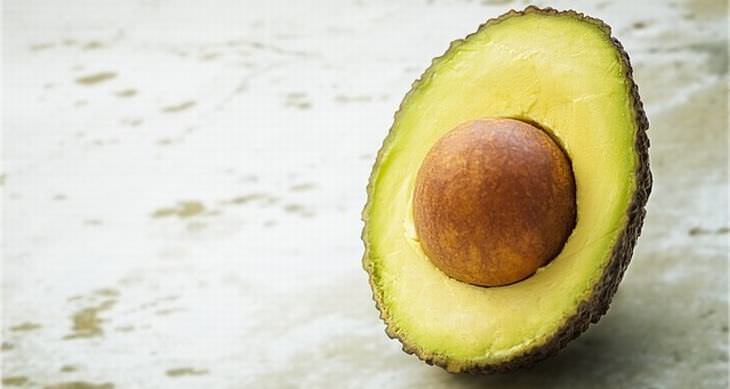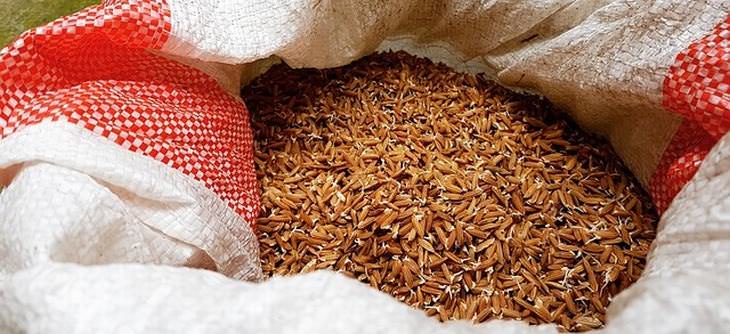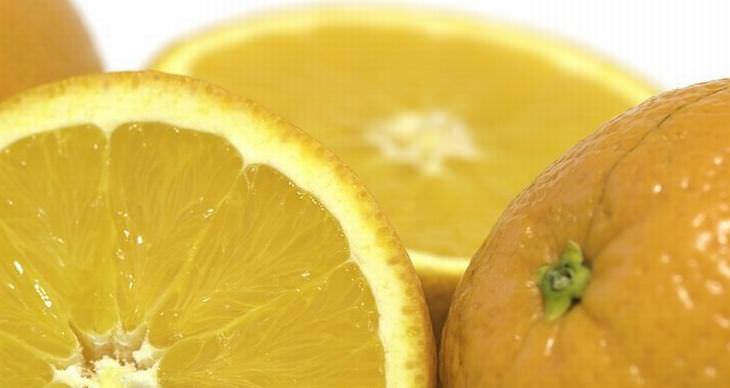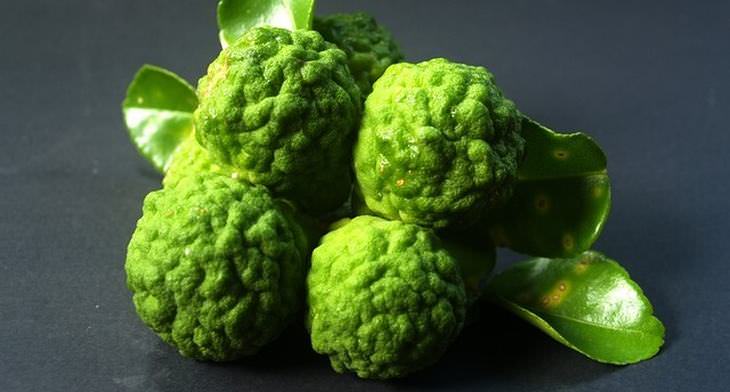Reduce Your Cholesterol Quickly with These 11 Tips
One of the most common causes of heart
attacks in the western world is arterial blockage caused by the
accumulation of cholesterol. While this can be avoided by a good diet
and exercising, if you’ve been diagnosed with high levels of bad
cholesterol, there are foods and activities that speed up the process of
reducing your cholesterol levels.
What is cholesterol?
Cholesterol is an organic lipid molecule and is biosynthesized by all
animal cells because it is an essential structural component of all
animal (not plant or bacterial) cell membranes that is required to
maintain both membrane structural integrity and fluidity.
The level of cholesterol in our body is a result of a process in the
liver that creates the cholesterol. In fact, over 85% of our cholesterol
is produced by the liver. The rest comes from eating animal products,
such as beef, chicken, fish, eggs, and dairy.
The body is an incredible system, and a
healthy body creates cholesterol for a reason, since it is an essential
material in our bodies:
1. Cholesterol is used to produce hormones like estrogen, progesterone,
and testosterone.
2. Cholesterol is vital for the creation of vitamin D.
3. The membrane of every cell in our body contains cholesterol.
4. Cholesterol is used to produce needed steroids.


When do you have too much cholesterol?
A situation of higher-than-normal levels of cholesterol can be worrying
because it may build up in the blood vessels and cause coronary
diseases, as well as problems with blood flow.
The normal range of cholesterol in the body is up to 200 mg.
The standard medicine taken to treat additional cholesterol levels
operates by delaying the enzyme that takes part in the process of
creating cholesterol in the liver, so we limit the rate of building our
own cholesterol. But is it logical for us to limit the internal creation
of cholesterol without addressing the external source? Nutrition will
always be crucial when dealing with a surplus of cholesterol.
How can you speed up cholesterol reduction?
1. Cholesterol

The cholesterol one needs to get rid of is
LDL (Low-Density Lipoproteins), which is common in animal products. One
of the best ways to lower LDL levels is by consuming foods rich in HDL
(High-Density Lipoproteins), which comes from plants and is called
Phytosterols. Phytosterols work in a similar manner to the soluble
fibers in laxatives, and can be found in foods such as fruits,
vegetables, nuts, soy, and whole grains.
2. Onion Extract
Several studies have found that onions are effective in reducing LDL
(“bad” cholesterol), as well as your body’s glycemic level. Dr. Deepika
Gopal, a cardiologist at The Heart Hospital Baylor Plano, says that: "In
the Indian culture, we believe spices have healing properties, and
onion and garlic are both very useful in lowering cholesterol, based on
what we've seen in Indian cooking." It is not a miracle cure, but can
definitely help.
3. Red Yeast Rice

As the name suggests, this is a type of red
yeast that is grown on rice. This yeast contains monacolin K, a
compound that doesn’t allow the liver to produce cholesterol, which the
body needs to build its cells. When not locally produced, the body
starts searching for reservoirs of cholesterol in the body and uses
them. Taking red yeast in pill form has been shown to reduce LDL levels
by 10%-30%.
4. Soy
A moderate consumption of soy products such as tofu has been shown to
reduce LDL levels in the body, as well as occasionally having a positive
effect on breast cancer. According to a Harvard Medical School study,
drinking 2½ cups of soy milk or eating 10 ounces of tofu a day can
reduce LDL levels by 5%-6%.
5. Alcohol
You’ve probably heard that a glass of red
wine is good for your health, and the reason is that, even though it
doesn’t reduce the level of LDL in the body, it increases the level of
HDL. Think of HDL as a drain unclogger for cholesterol. The Mayo Clinic
warns that men and women under 65 should avoid drinking more than two
glasses of wine a day, and those over 65 stick to 1 glass a day.
However, consult with your doctor first, as alcohol can exacerbate
preexisting liver disease and certain heart conditions.
6. Indian Gooseberry / amla
Indian gooseberry contains potent antioxidants that help the
cardiovascular system. Cholesterol will oxidize in your bloodstream,
becoming plaque, which adheres to the arterial walls and slowly clogs
them. Antioxidants stop oxidization, preventing the buildup of plaque.
7. Pectin



Pectin is a fiber that can be found in the
white membrane inside citrus fruits. Pectin can lower LDL levels by
7%-10% and works in a way similar to phytosterol and soluble fibers.
Pectin is also found in apples, as well as in pill form.
8. Licorice Root / athimathuram
This is only relevant for fresh licorice root or in pill form, as the
candied stuff you find in the store often doesn’t contain any real
licorice at all. A few recent studies found that licorice root can lower
LDL levels, as well as body fat. Licorice root has many healthy
properties. Please be aware, however, that licorice can have severe
interactions with certain medication such as insulin, contraceptives,
and laxatives. If you are taking any of these and want to start using
it, consult with your doctor.
9. Bergamot

A lesser-known citrus fruit, but with
potent cholesterol-lowering powers. You may recognize the aroma from
Earl Grey tea, as oil from bergamot rinds is used to give that tea its
particular flavor. While bergamot has a small amount of pectin, its real
power comes from having a high concentration of several flavonoids. In
several recent studies, bergamot was found to reduce LDL cholesterol
levels by around 25%-27%, as well as raise HDL cholesterol levels.
10. Laxatives
Some laxatives don’t just clear your bowels; they can also block the
absorption of cholesterol in the blood. Laxatives that contain soluble
fibers become jelly-like and travel through your stomach and intestines,
collecting cholesterol and preventing it from being absorbed. The best
part is that the laxative absorbs cholesterol from food, not from your
body’s reservoirs, which forces the body to start using its own supply.
Additionally, fibrous laxatives often help you feel sated and prevent
you from craving snacks.
The Japanese Nihon University School of
Medicine found that women who sleep less than 5 hours or more than 8
hours, often suffer from an excess of LDL and absence of HDL. According
to the experts at the university, cholesterol metabolism happens when we
sleep, so getting too much or not enough will disrupt the body’s
natural functions. Additionally, getting enough sleep increases your
mental faculties, helping you control unhealthy cravings and giving you
energy to exercise and move more during the day. If you are having
trouble falling asleep, try doing these exercises before bed.
This is only for your information, kindly take the advice of your doctor for medicines, exercises and so on.
https://gscrochetdesigns.blogspot.com. one can see my crochet creations
https://gseasyrecipes.blogspot.com. feel free to view for easy, simple and healthy recipes
https://kneereplacement-stickclub.blogspot.com. for info on knee replacement
https://cancersupportindia.blogspot.com for infor on cancer and health related topics
https://GSiyers home remedies.blogspot.com is the latest addition to my blogs. I'm going to add posts there, do give me your valuable feed back on my blogs. Thanks a lot, take care, be healthy and be happy.
https://gscrochetdesigns.blogspot.com. one can see my crochet creations
https://gseasyrecipes.blogspot.com. feel free to view for easy, simple and healthy recipes
https://kneereplacement-stickclub.blogspot.com. for info on knee replacement
https://cancersupportindia.blogspot.com for infor on cancer and health related topics
https://GSiyers home remedies.blogspot.com is the latest addition to my blogs. I'm going to add posts there, do give me your valuable feed back on my blogs. Thanks a lot, take care, be healthy and be happy.
Labels: alcohol, bergamot, consume foods rich in HDL- pant based foods, Indian gooseberry/amla, laxatives, licorice root, onion extract, pectin, red yeast rice, sleep, soy

0 Comments:
Post a Comment
<< Home